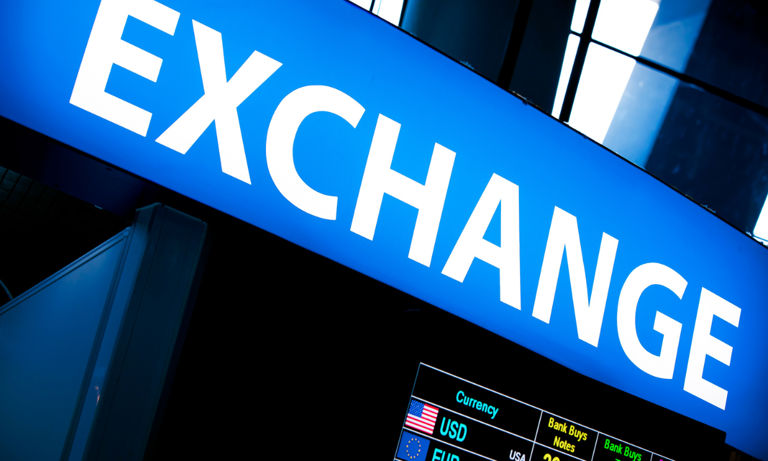The emergence of centralised exchanges (CEX) like Binance and Coinbase provided the entry point for most crypto users into the space. These platforms offered convenience, a wide range of tokens, and a seamless experience for converting fiat to cryptocurrencies. However, their centralised nature poses risks as users must trust the platform to safeguard their funds and comply with regulatory requirements such as KYC.
In response to these concerns, decentralised exchanges (DEX) were introduced, aligning with the decentralised ethos of cryptocurrencies. DEX platforms eliminate the need for KYC and give users full control over their assets. Governed by the community, DEXs offer additional benefits such as access to decentralised finance (DeFi) opportunities like staking and yield farming.
Despite their advantages, DEXs come with their own challenges. They often lack user-friendliness, requiring a certain level of expertise to navigate DeFi features effectively. Liquidity is another issue, as DEXs rely on automated market makers for trading instead of a centralised entity. This can result in significant slippage and higher costs for users, particularly when executing trades with limited liquidity.
Moreover, DEXs face limitations when it comes to crypto-to-fiat conversions. The absence of a corporate entity means they cannot perform KYC processes necessary for fiat services. Consequently, users cannot directly convert cryptocurrencies to fiat on DEX platforms.
Fortunately, innovative solutions have emerged to address these drawbacks and provide a more comprehensive trading experience. Some platforms aim to bridge the gap between CEXs and DEXs, offering a hybrid model that combines the best aspects of both. These platforms strive to provide enhanced liquidity, user-friendly interfaces, and compliance with regulatory requirements, ensuring a seamless experience for traders.
Furthermore, advancements in decentralised technology are paving the way for more user-friendly DEXs. New protocols are being developed to enhance liquidity, reduce slippage, and improve the overall trading experience on decentralised platforms.
As the crypto industry continues to evolve, it’s crucial to recognise the benefits and limitations of both centralised and decentralised exchanges. By exploring innovative solutions and striking a balance between user convenience, security, and regulatory compliance, the industry can provide users with more accessible and inclusive trading options.









